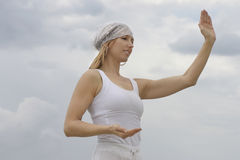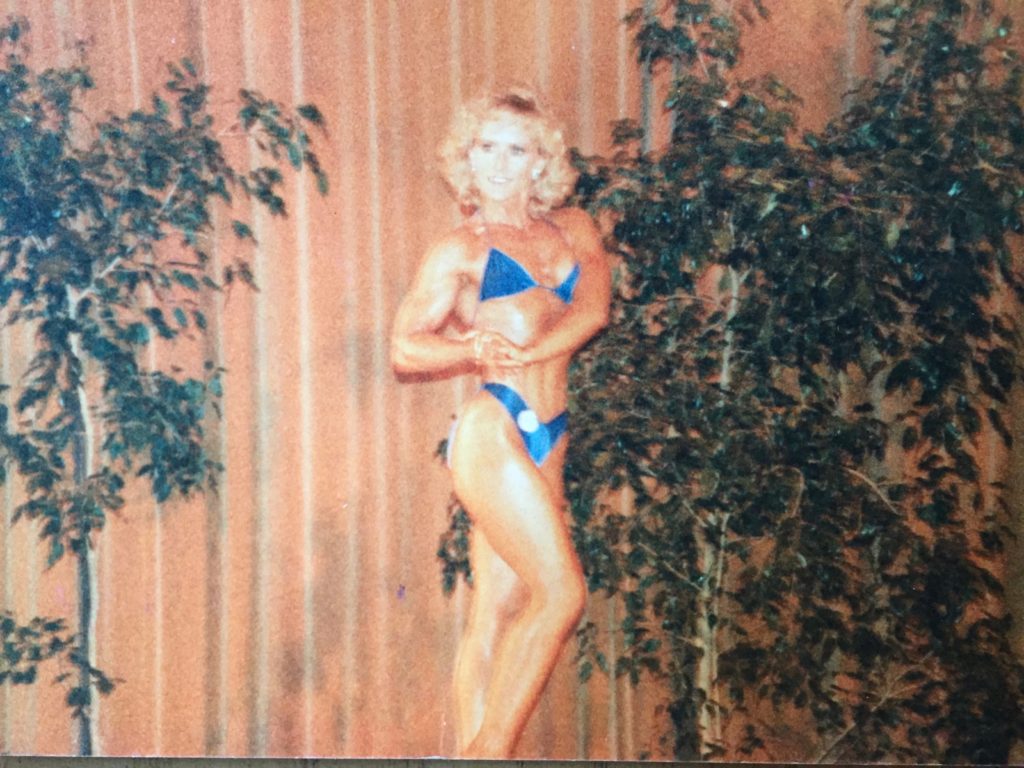The prayer chain email I received last Thursday rattled me. Not for the tremendous burden and need the requester noted—which was, indeed, grievous—but for the depth and spiritual maturity of its perspective.
The Christian sister requesting prayer said she had just been diagnosed with a rare and particularly aggressive ovarian cancer. Just being diagnosed with any kind of ovarian cancer is enough to strike terror in the sufferer because ovarian cancer is usually not diagnosed until Stage 4; and the 5-survival rate is around 17%. My own precious cousin, Jan, died of the dreaded disease (after a valiant, grace-filled battle) ten years ago this month while only in her forties.
She’s recovering from surgery to remove large tumors and begins chemotherapy in two and a half weeks. She sounded confident in the family she is blessed with and her “army of supporters.” (Oh, God, that we would all be so blessed when tragedy strikes us!) Because of this support, she says she can make the most of every day that God will grant her.
Then she listed her prayer requests.
First, she wants to remember that God, not she, is in control.
Second, [recognizing] that “God is most interested in what’s happening in the part of me that can’t be touched, scanned, or medicated.”
Last on the list was that she not waste the time she has [left] despairing or seeking comfort about her disease or the outcome. She was bold in her statement:
“I will only waste my journey with cancer if I seek comfort or despair about my odds, rather than look to know what God can do with me.”
She completed her email request by saying she claimed Jesus’ authority and denied Satan [working] in her life.
After reading her email—which I read three times—I sucked in my breath. Hard.
Certainly all of this is probably easier to say before chemotherapy flattens her and leaves her feeling as though she’s been run over by a semi-truck; when the only time she can drag herself out of bed is when she has to maintain a vigil in the bathroom, lying on the cold tile next to the toilet, in wait of having to relieve her stomach of its contents.
When she undergoes the process of being poisoned to death in order to eradicate mutated cells that are already killing her. Before she’s really knee deep into this battle.
I don’t personally know this sister—whether she is, by nature, as stoic and brave as this email sounds. But clearly she has sought the Lord, the Holy Spirit has spoken to her, and she is ready to confront her disease and this potential earthly death sentence with all the strength, faith, grace, and hope of a believer steeped (and believing) in the promises of Jesus Christ and her true, future hope.
She has put this—and life—in true perspective.
And I was awed.

*
For me, her prayers and requests are powerful enough to warrant writing down and carrying around with me, to pull out and re-read when metaphorical lightning strikes my life, or I am tempted to whine about inconveniences and aggravating hiccups that cause bumps in my road.
And it was a punctuation mark to my earlier reading about Bethel Music founder and pastor Brian Johnson’s battle with and recovery from depression. He described it as going through six months of “hell” and having to be taken to a hospital when he suffered a nervous breakdown.
When the ambulance arrived at his Redding, California, home, he said to his kids: “This is when God becomes real.”
Isn’t that the truth!
The experience prompted him to write the popular worship song “Living Hope.”
And after watching the YouTube video of Bethel Music singing this heart-churner, I thought about some options for inscriptions on my tombstone:
Jesus Christ, My Living Hope
Hallelujah!
The Grave Has No Claim on Me!
It sounds as though this dear sister is already claiming these truths as she faces the biggest battle of her earthly life.
Her hope is built on Jesus Christ and the power of His death and Resurrection.
May it be so for all of us.
I promise that you won’t be able to stay seated long during this song.
And if watching that isn’t enough to get your motor going, here’s a Bethel song bonus: “Raise a Hallelujah.”
(*The journal picture and entry is a photo found on unsplash.com.)
Until next week, no matter what you’re facing, raise your own hallelujah to the Lord!
Blessings,
Andrea
Andrea Arthur Owan is an award-winning inspirational writer, fitness pro and chaplain. She writes and works to help people live their best lives—physically, emotionally, and spiritually.


 Anyone out there a tai chi devotee? I’d love to hear your experience with this activity. I just purchased Wayne’s Introduction to Tai Chi. Can’t wait for it to arrive so I can have one more tool in my graceful aging toolkit! Wayne is also the author of Harvard Medical School Guide to Tai Chi.
Anyone out there a tai chi devotee? I’d love to hear your experience with this activity. I just purchased Wayne’s Introduction to Tai Chi. Can’t wait for it to arrive so I can have one more tool in my graceful aging toolkit! Wayne is also the author of Harvard Medical School Guide to Tai Chi.
